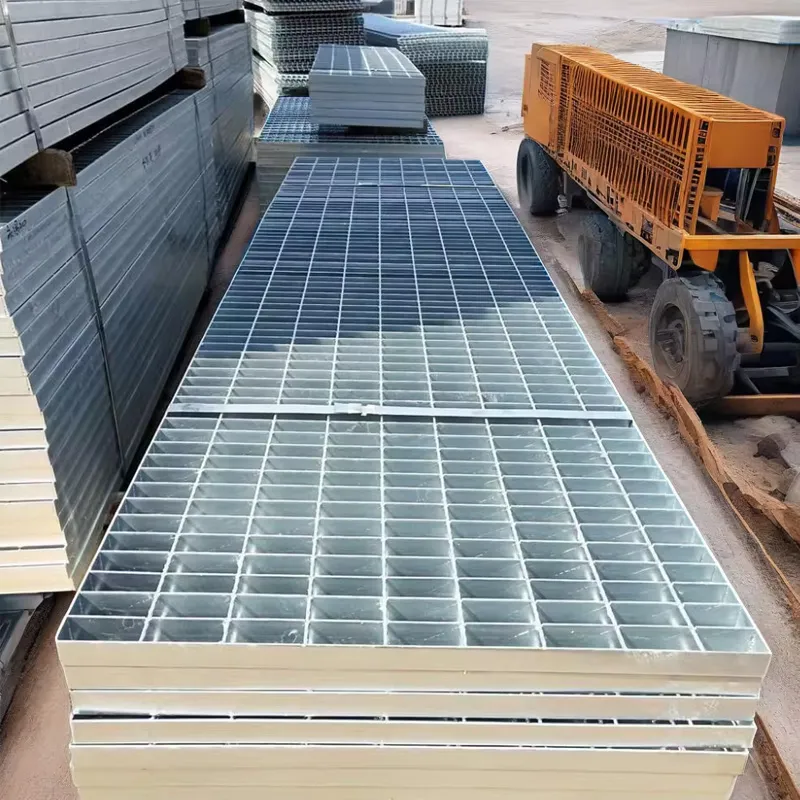
- Afrikaans
- Albanian
- Arabic
- Armenian
- Azerbaijani
- Basque
- Belarusian
- Bengali
- Bosnian
- Bulgarian
- Croatian
- Czech
- Danish
- Dutch
- English
- Esperanto
- Estonian
- Finnish
- French
- Galician
- Georgian
- German
- Greek
- hawaiian
- Hindi
- Hungarian
- Indonesian
- irish
- Italian
- Lao
- Latvian
- Lithuanian
- Luxembourgish
- Macedonian
- Maltese
- Myanmar
- Norwegian
- Polish
- Portuguese
- Romanian
- Russian
- Serbian
- Slovak
- Somali
- Spanish
- Swedish
- Thai
- Turkish
- Turkmen
- Vietnamese
Oct . 08, 2024 17:58 Back to list
brc mesh roll size
Understanding BRC Mesh Roll Sizes A Comprehensive Guide
BRC mesh, or welded wire mesh, plays an indispensable role in the construction and civil engineering sectors. It consists of wires that are welded together at specific intervals, offering strength, stability, and flexibility. While the utility of BRC mesh is well-documented, an often-overlooked aspect is the variety of roll sizes available in the market. Understanding these sizes is crucial for contractors, architects, and builders who want to select the right mesh for their projects.
What is BRC Mesh?
BRC mesh is named after the British Reinforcement Company, which pioneered the production of this product. It’s mainly used for reinforcing concrete slabs, floors, and walls. Depending on the project requirements, BRC mesh is manufactured in various sizes and configurations to cater to different needs. The mesh is typically made from high tensile strength steel, ensuring that it can withstand substantial loads and pressures.
Common Roll Sizes
BRC mesh is available in various standard roll sizes and thicknesses, which can vary based on the manufacturer. Some of the most common roll sizes include
1. Width The width of BRC mesh rolls typically ranges from 1 to 2.4 meters. The width chosen often depends on the scale of the construction project and the specific application. Wider rolls are generally preferred for larger areas, as they reduce the number of joints and enhance structural integrity.
2. Length The length of the rolls can vary significantly. Standard lengths are usually between 10 to 25 meters. However, longer rolls are available for specific applications. The choice of length often depends on the layout of the construction site and how much material is needed in one go.
3. Wire Diameter The wire diameter also plays a crucial role in the mesh’s strength and flexibility. Common wire diameters range from 2.5 mm to 6 mm. Thicker wires provide greater tensile strength, making them suitable for heavy-duty applications, while thinner wires may be adequate for lighter applications.
brc mesh roll size

Choosing the Right Size
Selecting the appropriate BRC mesh roll size is crucial for achieving the desired structural performance. Here are some factors to consider
1. Project Type Different projects require different types and sizes of mesh. For instance, residential buildings may utilize lighter mesh, while industrial buildings often necessitate heavier and thicker options.
2. Load Requirements Understanding the load that the structure will bear is critical. For high-load areas, opting for a thicker wire diameter and a denser mesh arrangement can enhance performance.
3. Cost Efficiency Larger roll sizes can reduce waste and labor costs, as fewer joints are required. However, it’s important to balance cost with the specific needs of the project to ensure safety and integrity.
4. Ease of Use Depending on the size and configuration of the project site, maneuverability can also affect the choice of roll size. Ensure that the selected size can be handled easily on-site without causing delays in the construction process.
Conclusion
In summary, understanding BRC mesh roll sizes is essential for anyone involved in construction and reinforcement projects. With various widths, lengths, and wire diameters available, making an informed decision can significantly impact project success. By considering factors such as project type, load requirements, cost efficiency, and ease of use, professionals can choose the right BRC mesh that not only meets their structural needs but also enhances overall safety and durability. Investing the time to understand these aspects can lead to better resource management and successful project outcomes.
-
The Vital Role of Wire Mesh in Construction
NewsJul.01,2025
-
The Essential Benefits of Welded Wire Mesh
NewsJul.01,2025
-
Secure Your Property with Field Farm Fence
NewsJul.01,2025
-
Expert Chain Link Fence Installation
NewsJul.01,2025
-
Discover the Versatility of Hexagonal Wire Mesh
NewsJul.01,2025
-
Barbed Wire
NewsJul.01,2025









